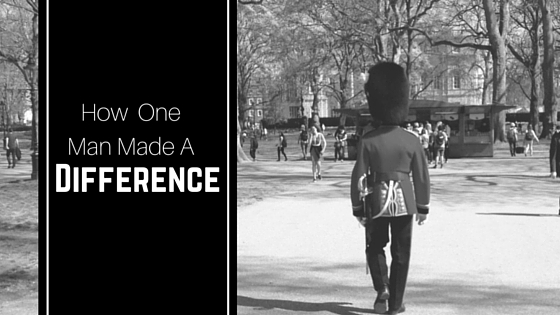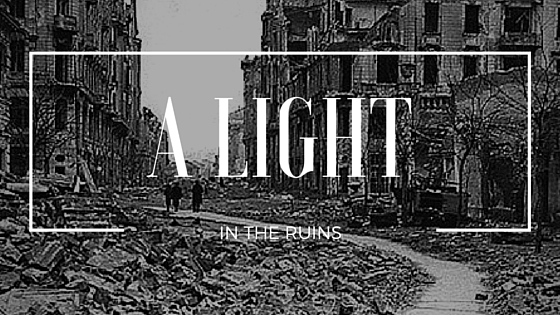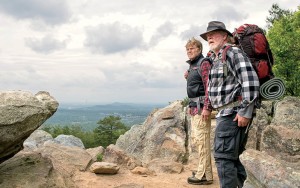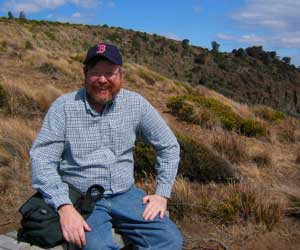Why do so many people find it easier to follow Jesus in the breach than to actually attempt to truly live what he preaches? In the Sermon on the Mount Jesus says this: “No one can serve two masters, for either he will hate the one and love the other, or he will be devoted to the one and despise the other. You cannot serve God and money.” (Matthew 6:24)
Jesus brings up the problem of competing loves many times. In Jerusalem he silences the scribes and the chief priests by simply saying give to Caesar what is Caesar’s and give to God what is God’s. What he says sounds so right but putting that precept to work in everyday life is difficult for many people and impossible for some. Someone once asked me “Do I really have to give things up to follow Jesus?” The answer is clearly yes. You do have to relinquish the love of the things of this life to follow Jesus wherever he might lead you.
It was this idea of “giving up” that made me so reluctant to commit myself fully to following Jesus. I did not want to do it, and while I studied the Bible everyday and came to know the New Testament very well and even taught small group Bible studies, I could not get over the idea that Jesus wanted to separate me from the things that I loved in this life. Even to this day, I hate the idea of letting go of the clutter I have accumulated. It boils down to what do I really value in life?
Jesus understands how hard giving up is. In the parable of the sower he explains to his followers how concerns of this life can easily separate us from the love of God and His Word: “They are those who hear the word, but the cares of the world and the deceitfulness of riches and the desire of other things enter in and choke the word, and it proves unfruitful.” (Mark 4: 18-19) Jesus says you cannot serve both God and money. He is not saying that you must take a vow of poverty. He is saying that the love of money will separate you from the love of God. “But whatever were gains to me I now consider loss for the sake of Christ. What is more, I consider everything a loss because of the surpassing worth of knowing Christ Jesus my Lord, for whose sake I have lost all things.” (Philippians 3:8)








